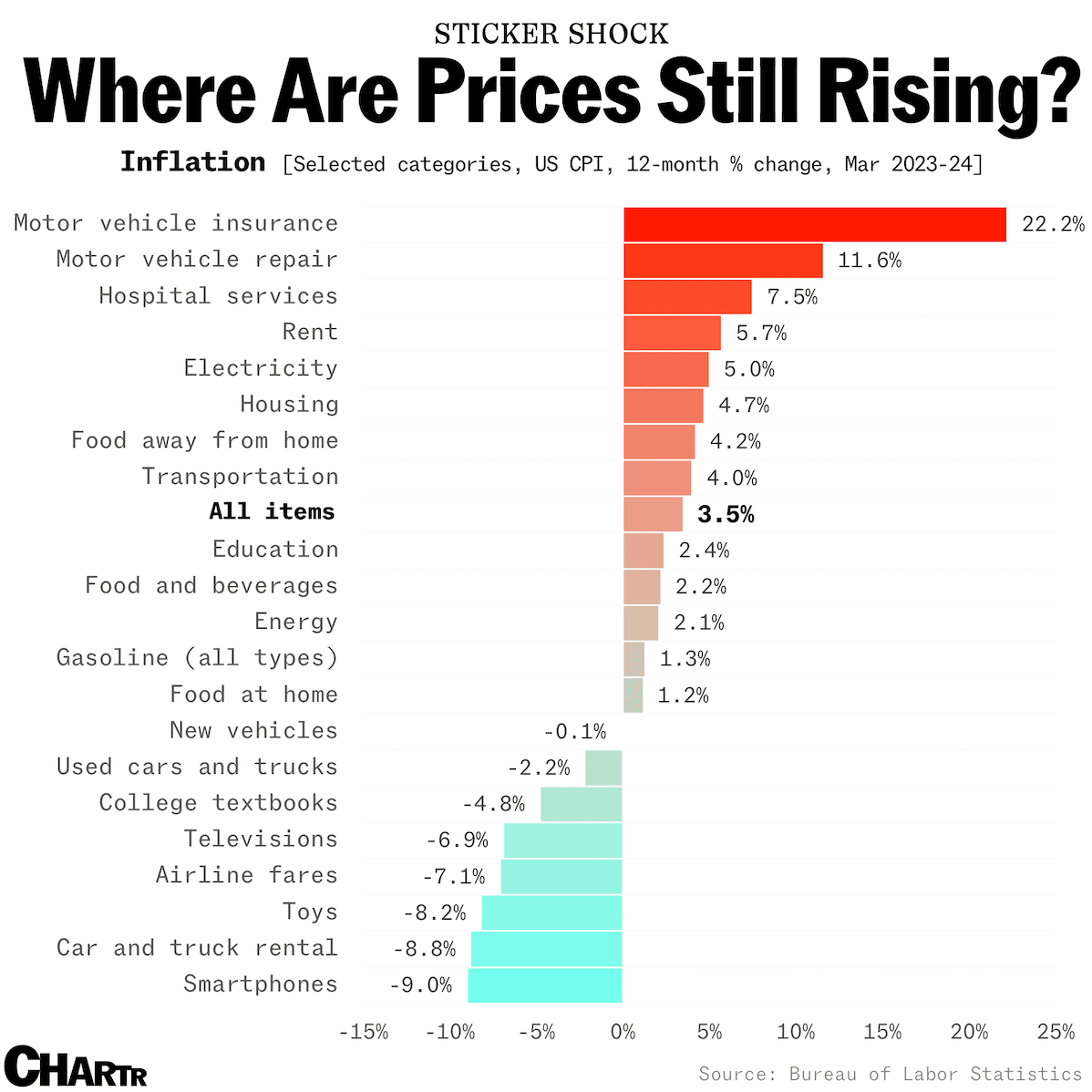Pictured here’s a business residential property beneath development on March 20, 2024, in Nanning, capital of the Guangxi Zhuang autonomous area in south China.
Future Publishing | Future Publishing | Getty Pictures
BEIJING — China’s fiscal stimulus is shedding its effectiveness and is extra of a technique to purchase time for industrial and consumption insurance policies, S&P International Scores senior analyst Yunbang Xu mentioned in a report Thursday.
The evaluation used development in authorities spending to measure fiscal stimulus.
“In our view, fiscal stimulus is a buy-time technique that might have some longer-term advantages, if initiatives are targeted on reviving consumption or industrial upgrades that enhance value-add,” Xu mentioned.
China has set a goal of round 5% GDP development this yr, a aim many analysts have mentioned is bold given the extent of introduced stimulus. The pinnacle of the highest financial planning company mentioned in March that China would “strengthen macroeconomic insurance policies” and enhance coordination amongst fiscal, financial, employment, industrial and regional insurance policies.
Excessive debt ranges restrict how a lot fiscal stimulus an area authorities can undertake, no matter whether or not a metropolis is taken into account a excessive or low-income area, the S&P report mentioned.
Public debt as a share of GDP can vary from round 20% for the high-income metropolis of Shenzhen, to 140% for the far smaller, low-income metropolis of Bazhong in southwestern Sichuan province, the report mentioned.
“Given fiscal constraints and diminishing effectiveness, we anticipate native governments will give attention to lowering purple tape and taking different measures to enhance enterprise environments and help long-term development and residing requirements,” S&P’s Xu mentioned.
“Funding is much less efficient amid [the] drastic property sector slowdown,” Xu added.
Mounted asset funding for the yr to date picked up tempo in March versus the primary two months of the yr, due to an acceleration of funding in manufacturing, based on official information launched this week. Funding in infrastructure slowed its development, whereas that into actual property dropped additional.
The Chinese language authorities earlier this yr introduced plans to bolster home demand with subsidies and different incentives for gear upgrades and client product trade-ins. The measures are formally anticipated to create nicely over 5 trillion yuan ($704.23 billion) in annual spending on gear.
Officers instructed reporters final week that on the fiscal entrance, the central authorities would offer “robust help” for such upgrades.
S&P discovered that native governments’ fiscal stimulus has typically been larger and more practical in richer cities, based mostly on information from 2020 to 2022.
“Greater-income cities have a lead as a result of they’re much less weak to declines in property markets, have stronger industrial bases, and their consumption is extra resilient in downturns,” Xu mentioned within the report. “Business, consumption and funding will stay the important thing development drivers going ahead.”
“Greater-tech sectors will proceed to drive China’s industrial improve and anchor long-term financial development,” Xu mentioned. “That mentioned, overcapacity in some sectors might spark value ache within the close to time period.”













